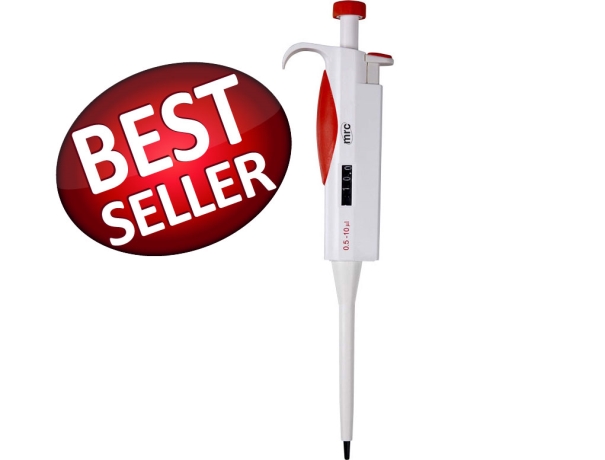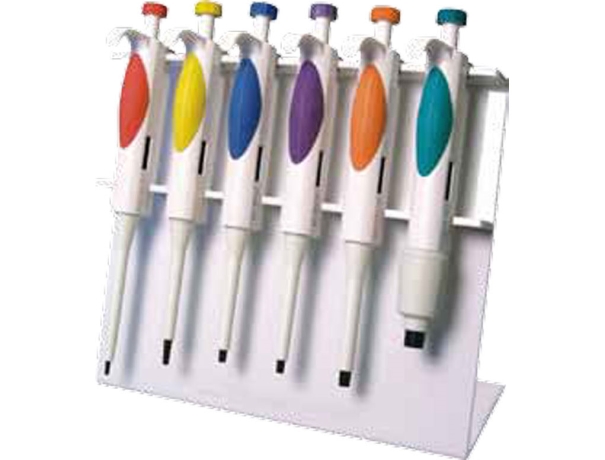Pipetting is a technique commonly used in laboratories to transfer liquids from one container to another. It involves using a specialized device called a pipette, which has a long, thin tube that can be filled with liquid and then released into another container.
Improperly completed work in the laboratory can lead to a loss of samples, contamination, project delays, and even harm to professionals. This is why it is important to develop good pipetting techniques and understand how to use a pipette correctly. Here are some considerations for doing it properly:
Select the right pipette
You need to choose the right pipette for your specific application. Not all pipettes are created equal; selecting one that meets your needs and is suited for the task at hand is important. There are a variety of models and sizes for pipettes so that you can find the perfect one for your needs. For life science applications use of 96- and 384-well plates are common, and you may need to use the multichannel pipette for its accurate liquid handling. If you're looking to handle more samples simultaneously, these multichannel pipettes are the ideal choice.

Recommendation on how to work correctly with pipettes
Choosing a comfortable position and maintaining a good grip while using a pipette are important. An ergonomic posture will help you develop the right habits for your body when working with pipettes. Also, ensure that you grip it around its middle portion with your thumb and middle-finger only, and do not rest your hand on any surface, as this can lead to inaccurate results due to trembling. Daily pipetting can negatively impact muscles, ligaments, and tendons if not done properly. Modern pipettes automate many steps in the standard pipetting procedure so that the user can quickly and accurately move liquids from one container to another. Even with automated pipettes, it is important to understand how to use them correctly to achieve consistent results. With a manual air displacement pipette, it is important to make sure that you keep a few things in mind. Set the volume on the pipette and practice adjusting the plunger without releasing liquid. Then you must insert the tip, fill the pipette, eject any unwanted liquids, expel the right volume in your sample container, and remove the tip. Only attempt to remove the tip when the liquid has finished flowing into it. Holding it correctly is also important while pipetting. 10-45 degrees is the perfect angle for pipetting.
Take care of your health
- ●When you use a pipette, ensure that the workstation is aligned to your height — bending for extended periods can put pressure on your back and neck muscles. Aim for a bench aligned between elbow and shoulder height so that you don't have to strain yourself whenever you need to reach something.
- ●It is important to take frequent breaks to reduce fatigue and improve accuracy. You should stretch your arms and legs during a break to improve circulation and reduce muscle tension. Regular exercise and stretching can also help increase muscle strength, that's essential for pipetting. Regularly relaxing your wrist and forearm muscles can help minimize the risk of injury.
- ●If you work for long hours, it is important to use lumbar supports to prevent backache due to extended working conditions. The lumbar support should maintain the natural curvature of your spine so that your core muscles remain relaxed throughout the pipetting process.
- ●Regularly testing your thumb pressure can help you detect any changes in the precision of your pipetting. You can do this by lightly pressing the rubber plunger and feeling how much force is necessary to move it. If additional force is required, it might indicate that air is trapped in the tip or that a seal needs to be replaced.
- ●It is important to keep all your solutions and samples within easy reach. Placing them in drawers or easily accessible shelves can help prevent you from having to stretch or bend while working at the pipette. Additionally, keeping a wrist rest nearby will help reduce strain on your arms and hands.
